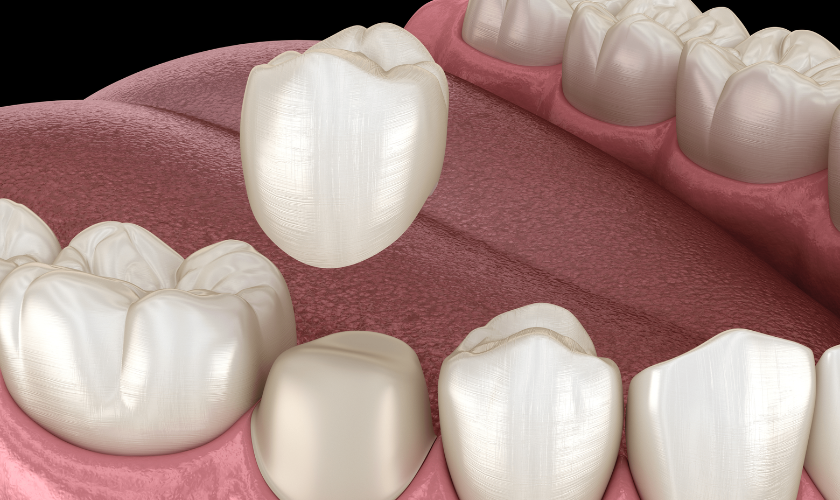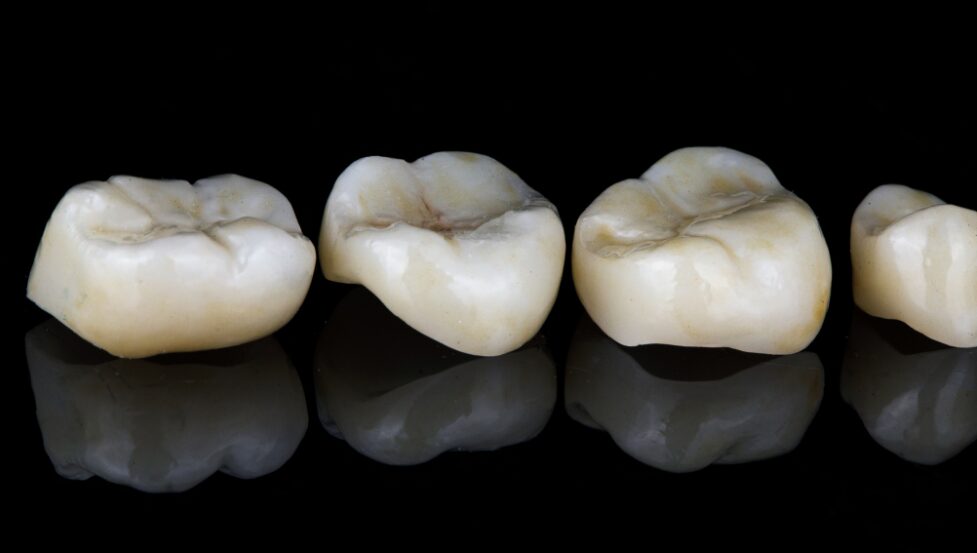
Dental crowns are a significant investment in your oral health and overall well-being. They serve as caps for damaged or decayed teeth, restoring their shape, strength, functionality, and appearance. However, like any dental restoration, they are not immune to damage. If your dental crown breaks, understanding the steps for repair or replacement is crucial. This blog will guide you through the reasons why crowns can break, how to manage the situation immediately, and what to expect during the repair or replacement process.
Why Do Dental Crowns Break?
1. Wear and Tear:
Just like natural teeth, crowns undergo wear and tear. Porcelain crowns, in particular, can crack under pressure from chewing, especially if they cover back molars subject to more force.
2. Poor Fit:
If a crown does not fit properly, it can be more susceptible to breaking. Improper fit may cause uneven pressure during biting and chewing, leading to cracks.
3. Dental Trauma:
Accidents can happen that may lead to a crown becoming chipped, cracked, or completely knocked out. This includes impacts from sports, falls, or biting on hard food or objects.
4. Underlying Tooth Decay:
If decay develops under the crown, it can compromise the remaining tooth structure, reducing the support for the crown and leading to its failure.
Understanding these reasons can help you take better care of your dental crowns and reduce the likelihood of a dental crown breaks.
Immediate Steps to Take When Your Crown Breaks
1. Assess the Damage:
Determine whether the crown is cracked, chipped, or completely off. If the crown has come off entirely, try to save it and bring it to your dentist.
2. Contact Your Dentist:
As soon as you notice any damage when your dental crown breaks, call your dentist., call your dentist. Most dental offices will prioritize a broken crown as a dental emergency, especially if you are in pain or the break has left sharp edges that could injure your mouth.
3. Manage Pain and Sensitivity:
If the broken crown or the tooth underneath is sensitive to temperature or pressure, avoid hot, cold, or hard foods. Over-the-counter pain relievers can help manage pain until you see your dentist.
4. Temporary Measures:
If you cannot see a dentist immediately and the crown has come off, you can use dental cement available at pharmacies to temporarily reattach it. However, this is only a temporary solution, and professional dental treatment is necessary.
Repairing vs. Replacing a Broken Crown
1. Repairing the Crown:
If the damage is minor, such as a small chip, the dentist might be able to repair the crown without removing it. This is usually done with a resin material that matches the color of the crown.
2. Replacing the Crown:
More significant damage often requires crown replacement. If the crown is fractured or the underlying tooth has decayed, the old crown will need to be removed, and a new crown will be made.
The Process of Crown Replacement
1. Removal of the Old Crown:
The first step is to remove the damaged crown. This process will vary depending on the type of crown and the extent of the damage.
2. Preparation of the Tooth:
Once the old crown is removed, your dentist will prepare the underlying tooth for the new crown. This might involve cleaning out any decay and reshaping the tooth.
3. Taking Impressions:
An impression of your mouth will be taken to create a new crown that fits perfectly. This impression can be digital or traditional, depending on your dentist’s technology.
4. Temporary Crown:
While your new crown is being made, a temporary crown will be placed to protect the tooth and maintain the aesthetic appearance of your smile.
5. Fitting the New Crown:
Once your new crown is ready, you will have a final fitting. The dentist will ensure that the crown fits comfortably and matches the color of your surrounding teeth before permanently cementing it in place.
Aftercare for Your New Crown
Taking care of your new crown is essential for ensuring its longevity. Here are some tips:
- Maintain Good Oral Hygiene: Regular brushing twice a day, flossing daily, and using an antibacterial mouthwash help prevent decay under and around the crown.
- Avoid Hard Foods: Be cautious with hard and sticky foods that can dislodge or damage crowns.
- Regular Dental Checkups: Regular visits to the dentist can help catch any issues with your crown before they become serious problems.
A broken crown can be a painful and frustrating experience, but with prompt and appropriate dental care, it doesn’t have to mean a dental disaster. Understanding the reasons behind crown damage, knowing what immediate actions to take, and being informed about the repair or replacement process can help you manage the situation effectively. With proper care, your new crown can last for many years, contributing to a healthy, functional, and beautiful smile.
